
Ghana Flag Waving With Texture, Ghana, Africa, Flag PNG Transparent Clipart Image and PSD File
Details. Ghana. jpg [ 7.67 kB, 267 x 400] three equal horizontal bands of red (top), yellow, and green, with a large black five-pointed star centered in the yellow band; red symbolizes the blood shed for independence, yellow represents the country's mineral wealth, while green stands for its forests and natural wealth; the black star is said to.
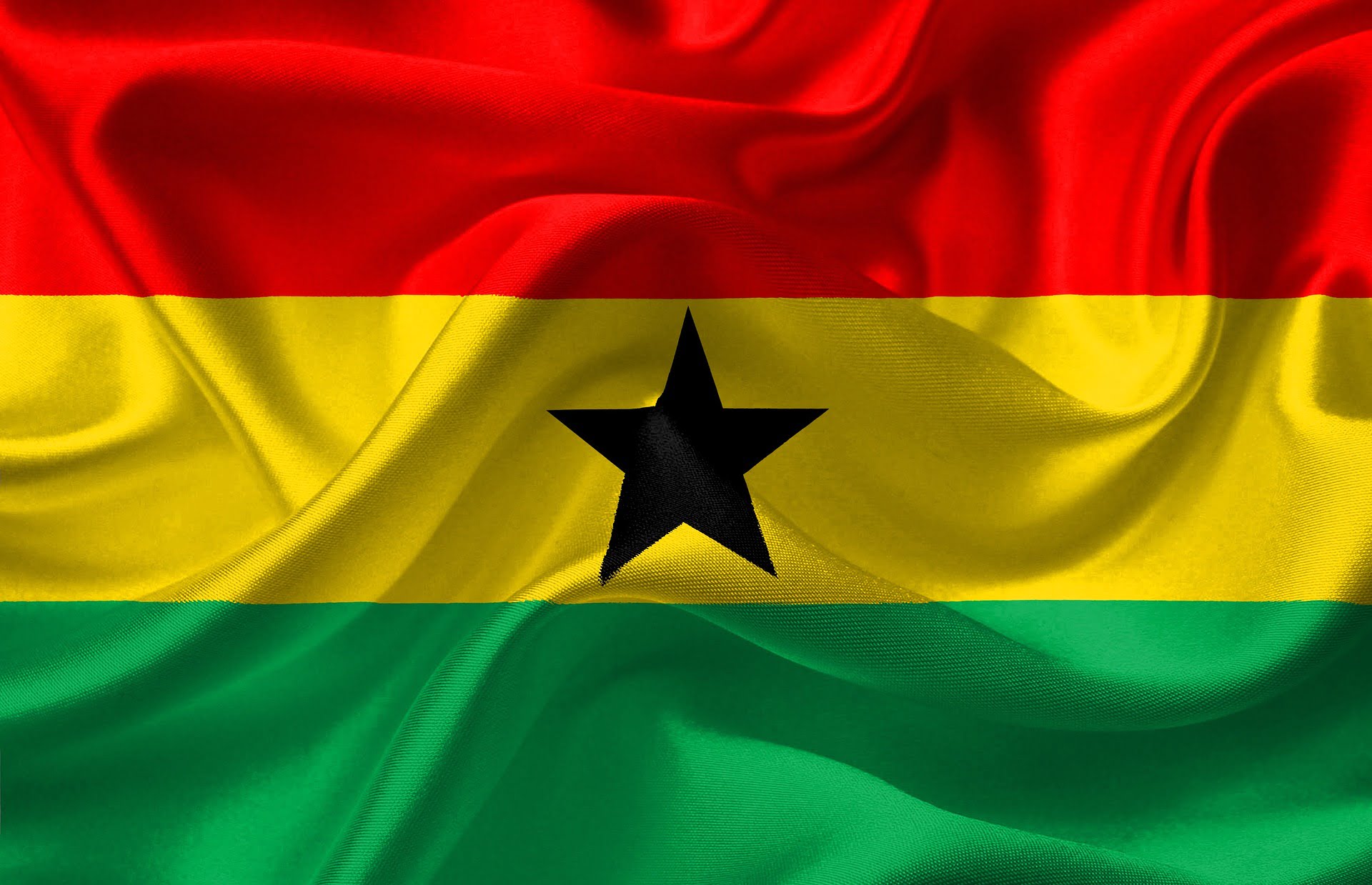
Regions in Ghana GhanaPlus
Ghana Flag was the second African ensign after the flag of the Ethiopian Empire to landscaping these colors. The red signifies the blood of people struggled for independence from Great Britain. The gold in trhe Flag of Ghana represents the mineral wealth of the country. The color green depicts the country's rich forests and natural wealth.
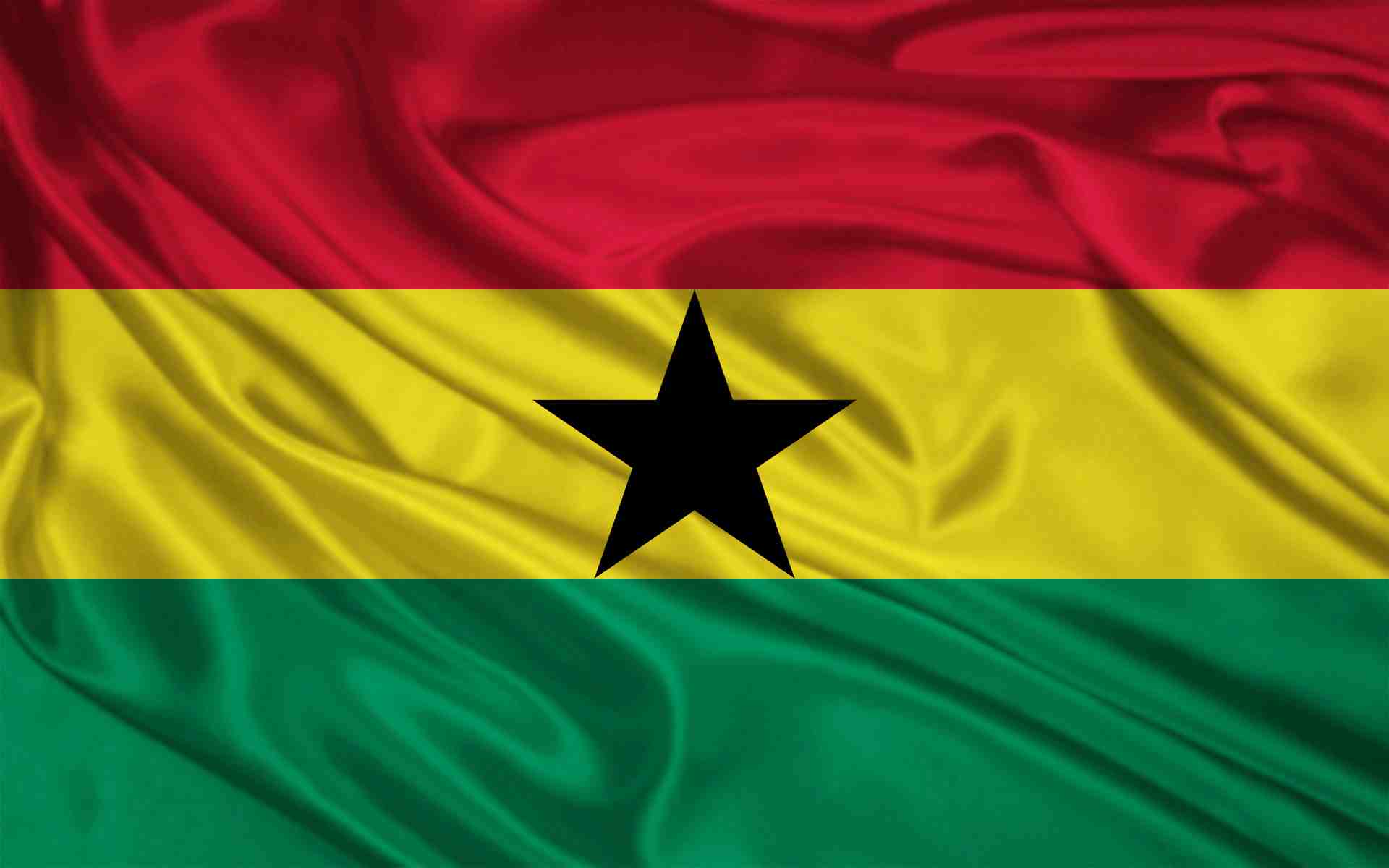
Ghana Flag 10 Striking Facts About the National Flag
The national flag of Ghana was designed and adopted in 1957 and was flown until 1962, and then reinstated in 1966. It consists of the Pan-African colours of red, gold, and green, in horizontal stripes, with a black five-pointed star in the centre of the gold stripe. The Ghanaian flag was the second African flag after the flag of the Ethiopian.
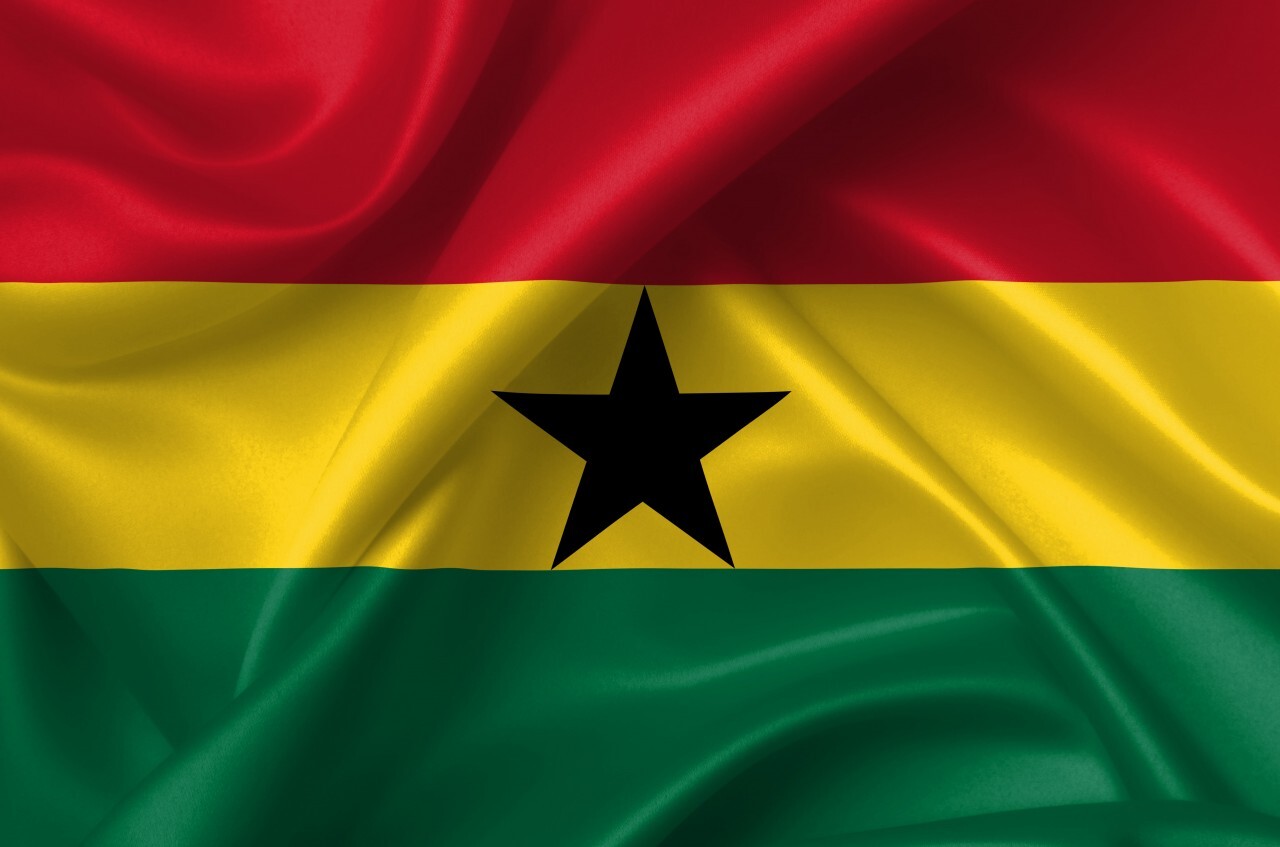
ghana flag Photo 567 motosha Free Stock Photos
Ghana's flag comprises red, green, and yellow Pan-African colors and a five-pointed black star at its center. The flag represents Ghana's sovereignty and its people's resilience. The Adomi Bridge in Ghana at sunrise. Ghanaians first raised their flag in 1957 when the country secured its independence from British rule.

The official flag of the Ghana
Ghana (/ ˈ ɡ ɑː n ə / ⓘ GAH-nə; Twi: Gaana, Ewe: Gana, Dagbani: Gana), officially the Republic of Ghana, is a country in West Africa. It abuts the Gulf of Guinea and the Atlantic Ocean to the south, sharing borders with Ivory Coast in the west, Burkina Faso in the north, and Togo in the east. Ghana covers an area of 239,567 km 2 (92,497 sq mi), spanning diverse biomes that range from.

Flagz Group Limited Flags Ghana Flagz Group Limited Flags
The national anthem of Ghana is "God Bless Our Homeland Ghana.". Post Views: 204. Black Green Red Yellow. 13. 5. 2023 Africa. Finland: The Colors and History of the Flag of Finland. Discover the meaning behind the colors on the Ghana flag! Red for blood, gold for wealth, and green for nature.

Ghana flag on a white Royalty Free Vector Image
Flag of Ghana. Ghana was the first African state that chose to use traditional Pan-African colors (red, yellow, and green) on its flag. It happened in 1957, when Ghana gained independent from Great Britain. The colors of the tricolor were inspired by the national colors of Ethiopia, which, as the first independent state, was a symbol of the.

Flag of Ghana Waving [FREE USE] YouTube
Ghana, country of western Africa, situated on the coast of the Gulf of Guinea. Although relatively small in area and population, Ghana is one of the leading countries of Africa and is celebrated for its rich history. Ghana's capital is the coastal city of Accra. Learn more about the country of Ghana here.

Ghana Flags of countries
The first time the flag was adopted by Ghana was on the 6th of March, 1957. The different colors on the flag symbolize and stand for several different things. The red symbolizes the blood sacrificed in the fight for independence, the yellow represents the country's mining wealth, and the green represents, as it does on the flags of many other African countries, the forests.

Ghana National Flag
The national flag of Ghana consists of a horizontal triband of red, yellow, and green. It was designed in replacement of the British Gold Coast's Blue Ensign.. The flag was adopted upon the independence of the Dominion of Ghana on March 6, 1957. It was designed the same year by Theodosia Okoh, a renowned Ghanaian artist. The flag was flown until 1964 and it was then reinstated in 1966.
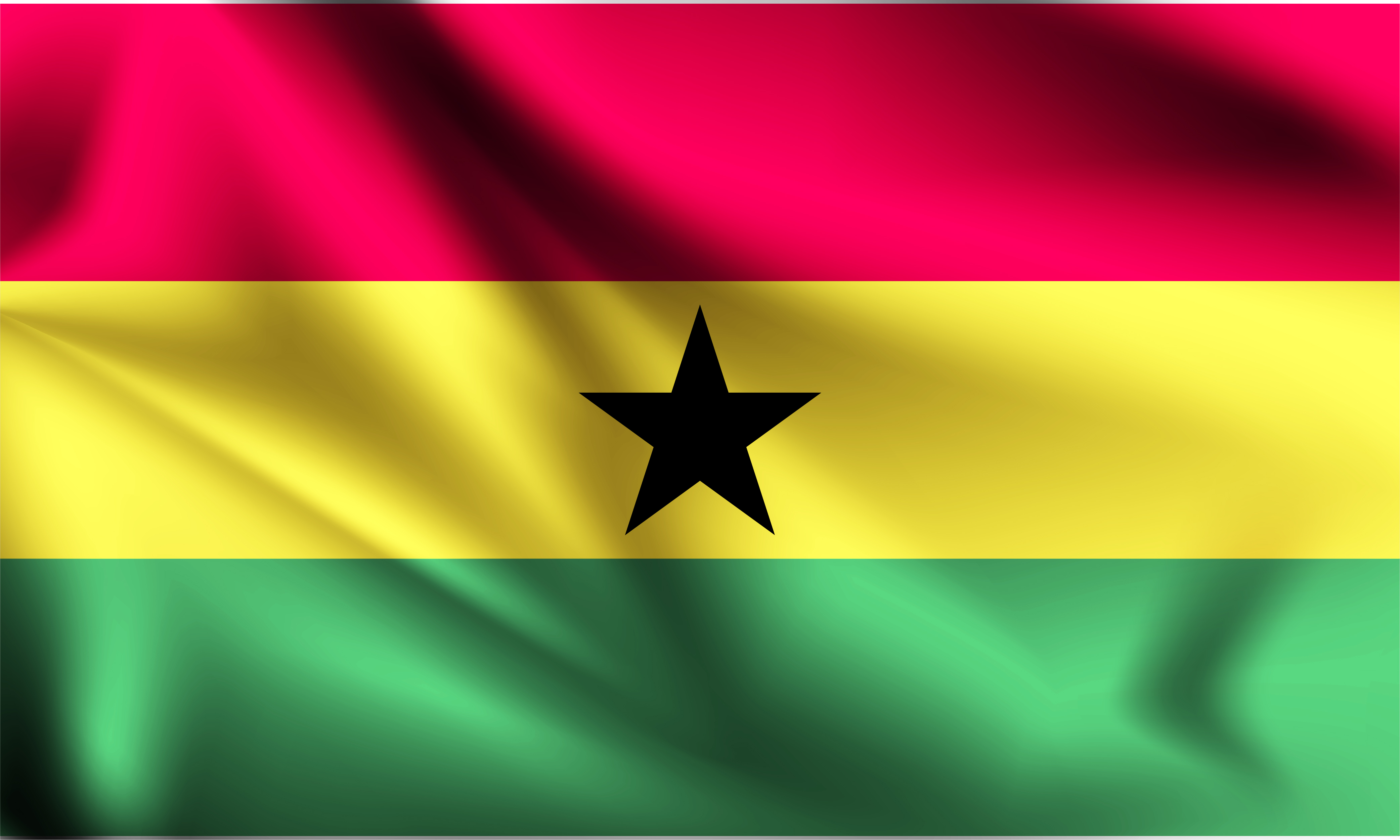
Ghana 3d flag waving 1229063 Vector Art at Vecteezy
It uses Pan-African colours, with black star for being the first independent African nation of the 20th century. David Kendall, 01 October 1996. It is believed that the black star on the flag of Ghana, the lone star of African freedom, is taken from the flag of the Black Star Line. This shipping line was founded by Marcus Garvey in June 1919.
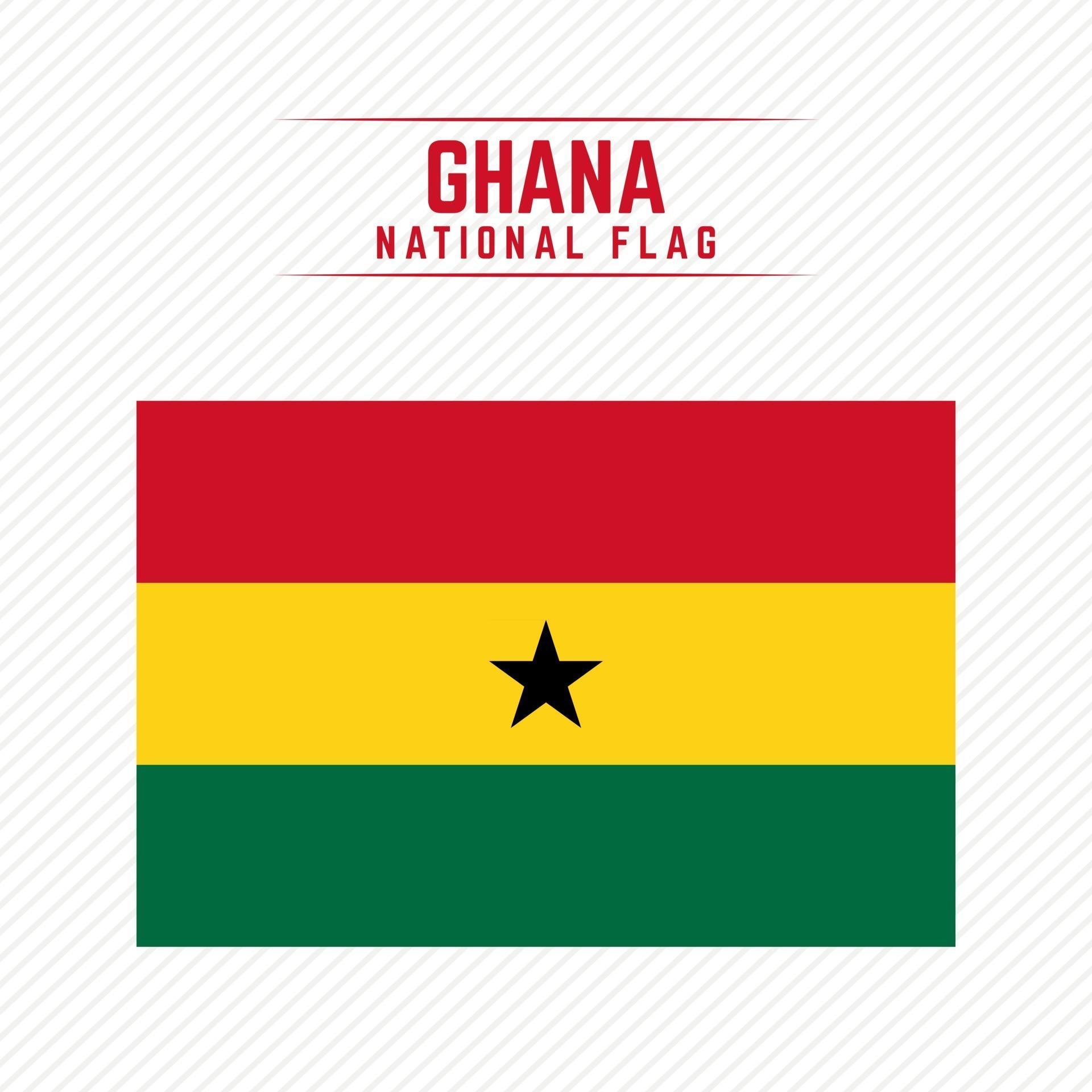
National Flag of Ghana 2828039 Vector Art at Vecteezy
The national flag of Ghana was designed in 1957 by Theodosia Okoh and was adopted at independence the same year. The new flag replaced the Union Jack, used in all countries colonized by the British.However, the flag of Ghana was used until 1959 when Guinea and Ghana came together to form the Union of African State.
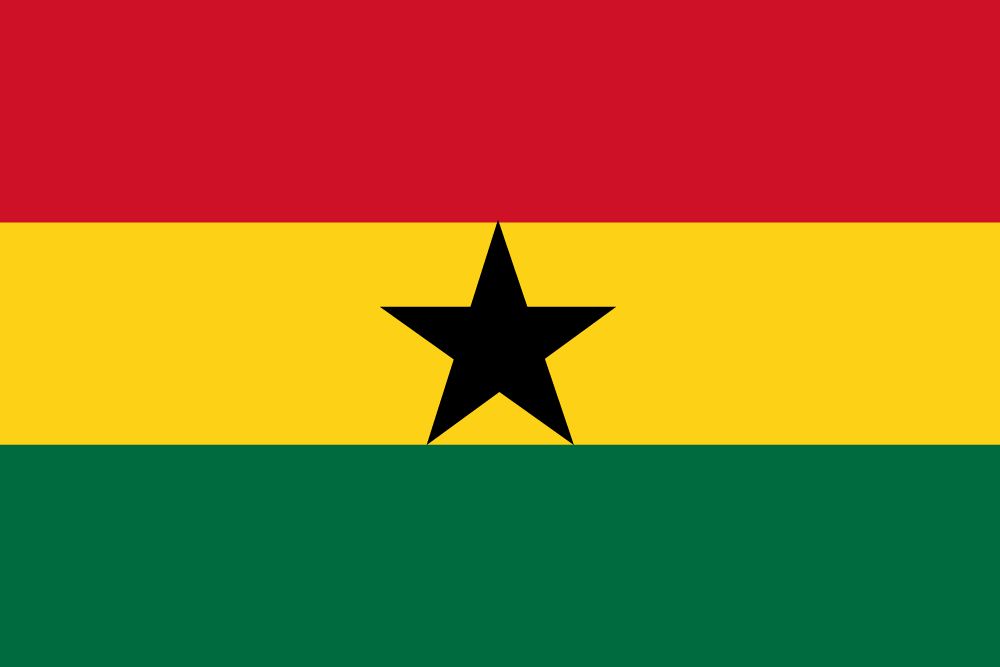
Flag of Ghana image and meaning Ghanaian flag Country flags
History Of Ghana Flag. A Ghana flag was created for the movement when Kwame Nkrumah founded the Convention People's Party in 1949 to promote more self-government for the local African populations of the British Gold Coast.It was a straight horizontal red-white-green tricolor that became well-recognized throughout the Gold Coast as a representation of modernity and independence.
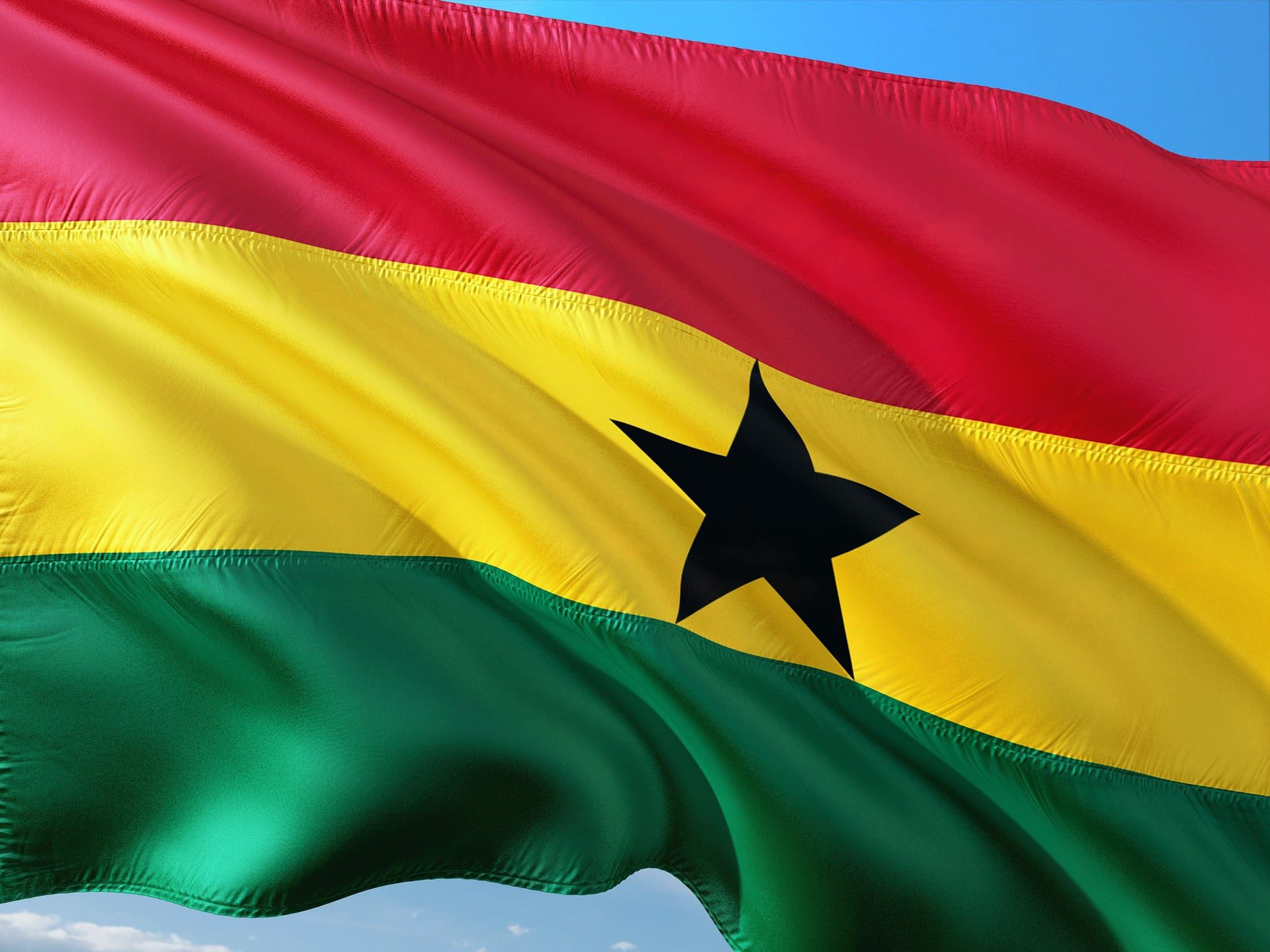
10 Things You Need To Know About Ghana and Ghanaian Culture Demand Africa
The national flag of Ghana consists of the Pan African tricolors red, green, and yellow with a black five-pointed star at the center. This flag is a symbol of the country's sovereignty as well as the resilience of its people. The flag of Ghana was first hoisted on 6th March 1957. It symbolizes new beginnings for the people as well as their.

Ghana flag Royalty Free Vector Image VectorStock
A horizontal triband of red, gold, and green, charged with 2 black stars on the yellow band. [27] 1961-1962. Flag of the Union of African States. A horizontal triband of red, gold, and green, charged with 3 black stars on the yellow band. 1964-1966. 2nd flag of Ghana.
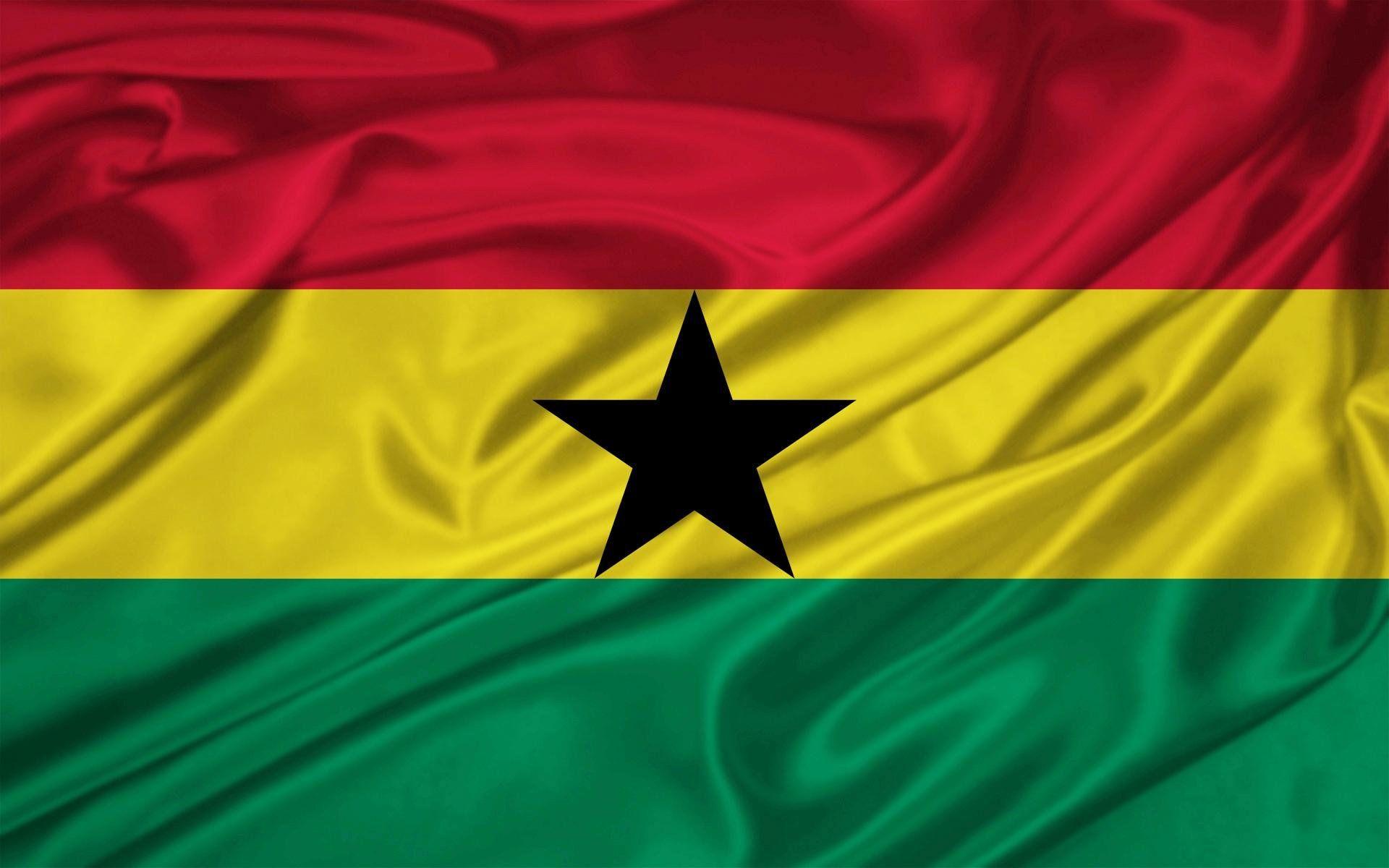
Ghana Flag Wallpapers Wallpaper Cave
Flag of Ghana January 1, 1964 - February 28, 1966. The very first republican flag appeared in 1870, when Ghana became part of British West Africa. And it was a British colonial symbol with a colonial badge. In 1877 the inscription on the badge changed.